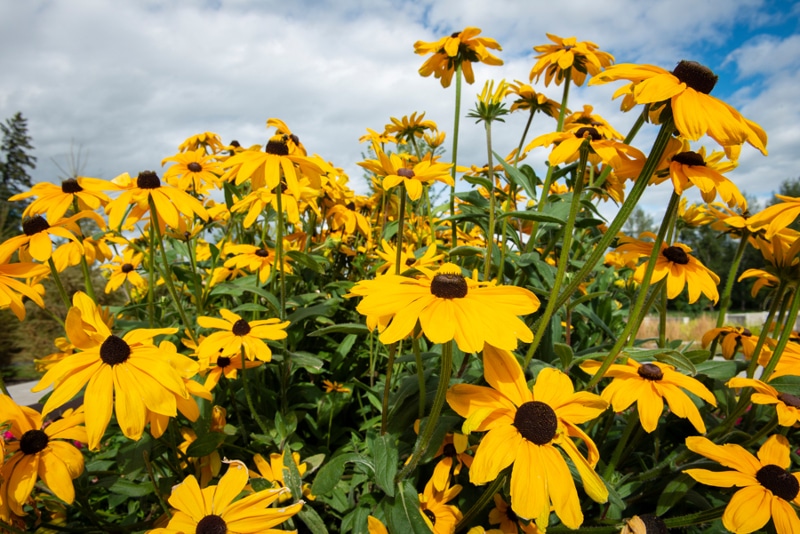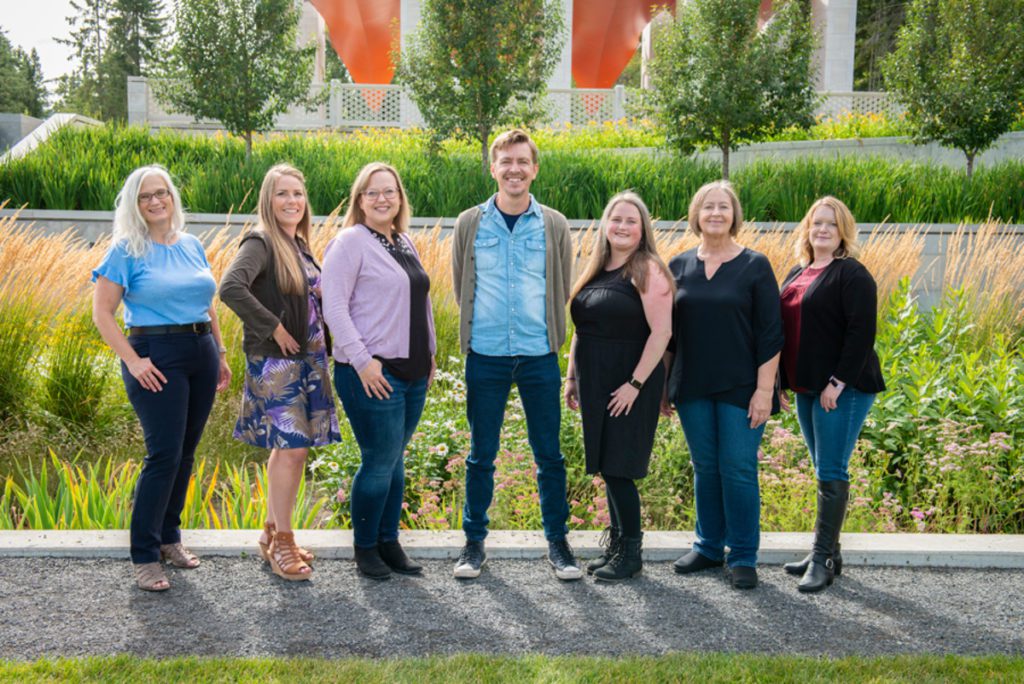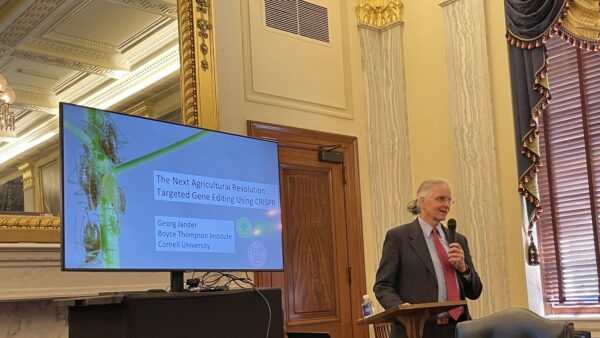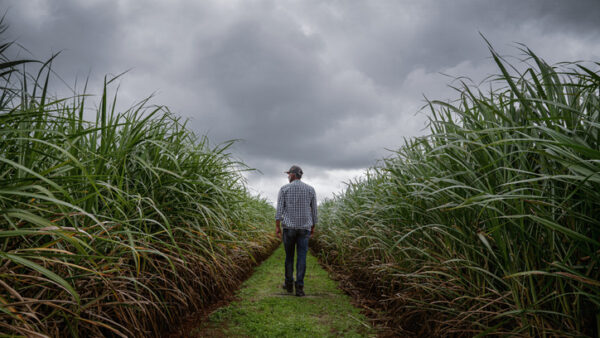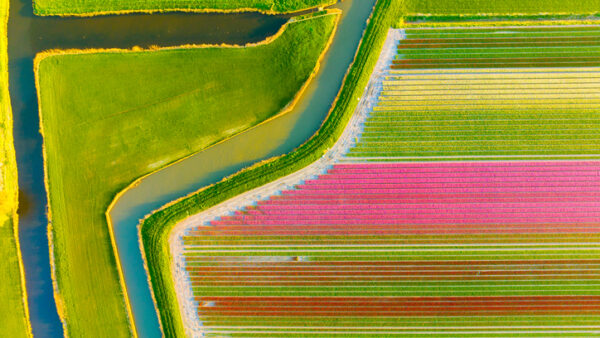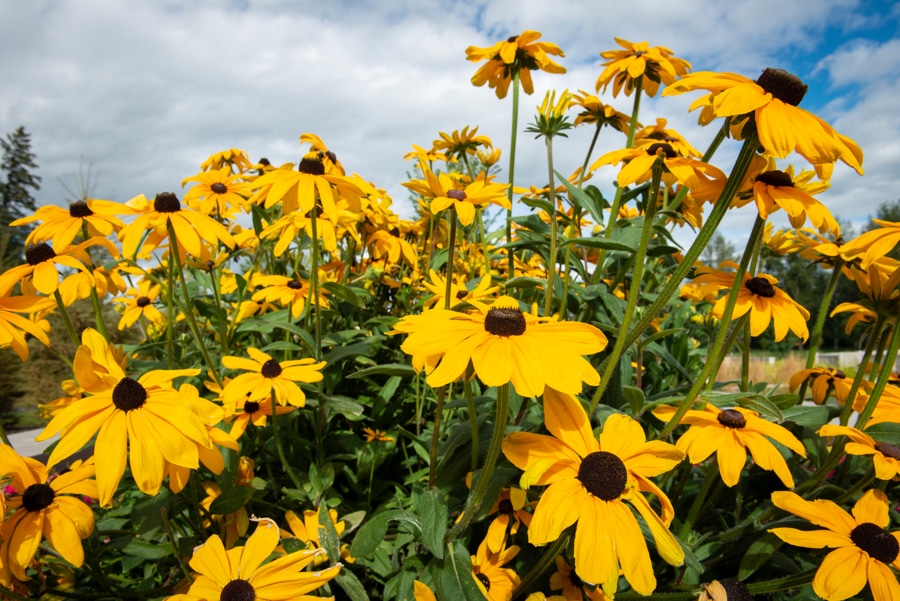
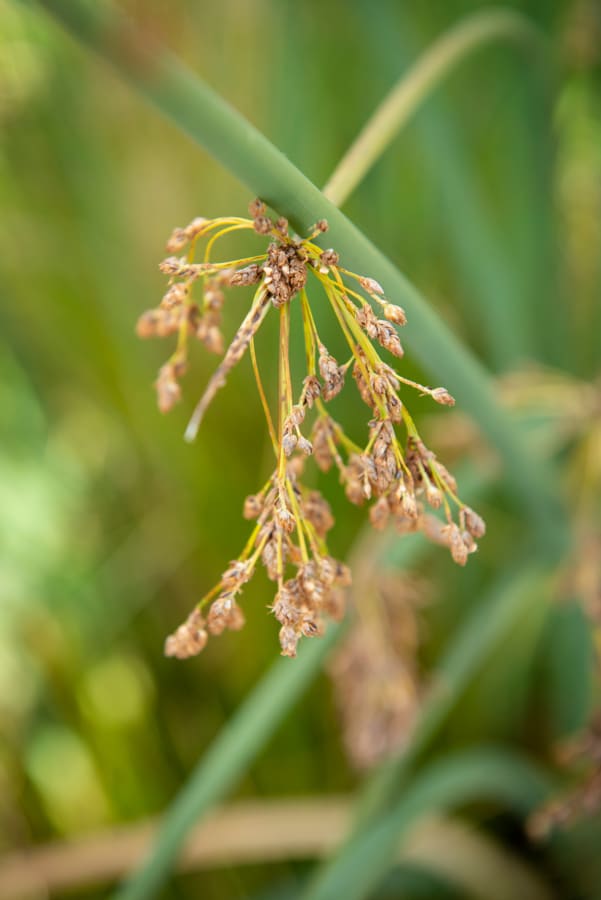
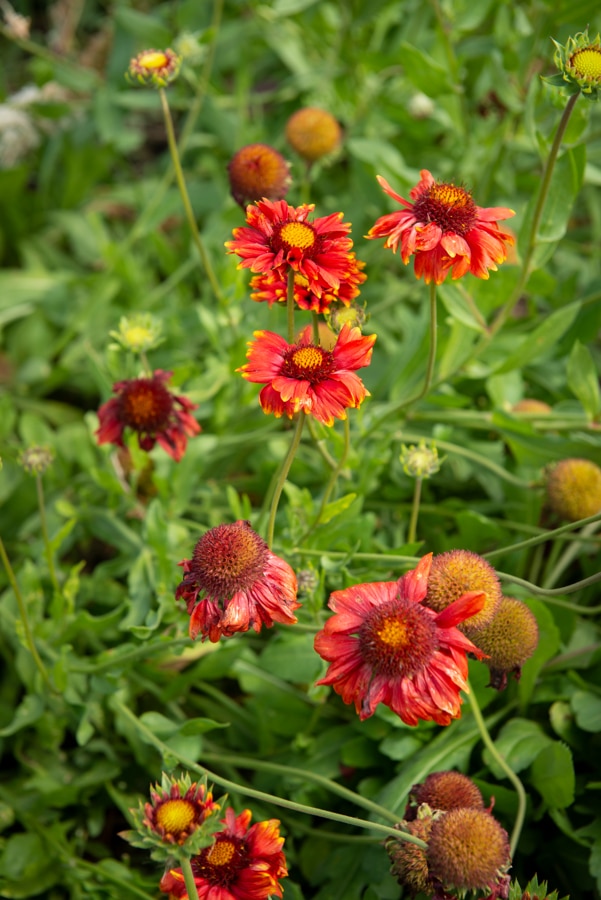
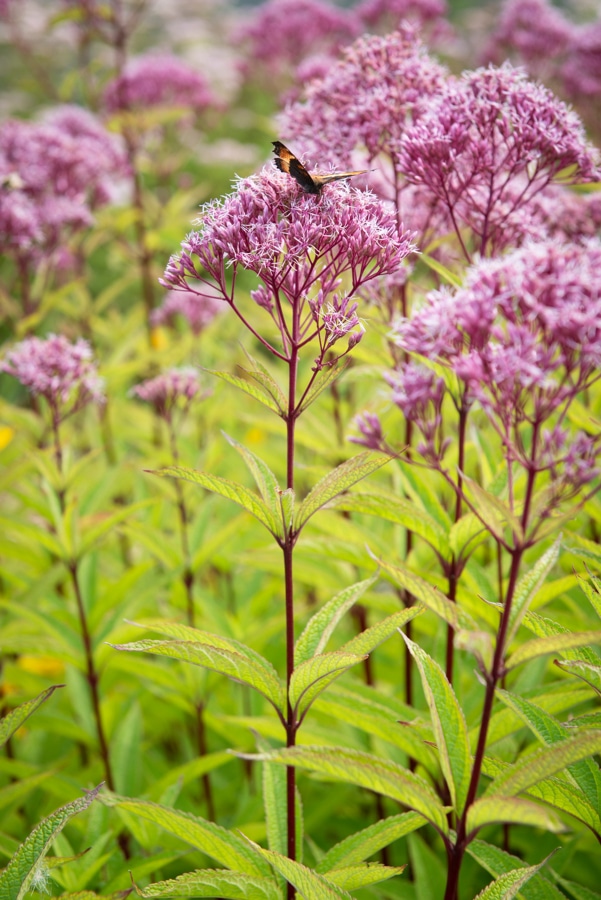
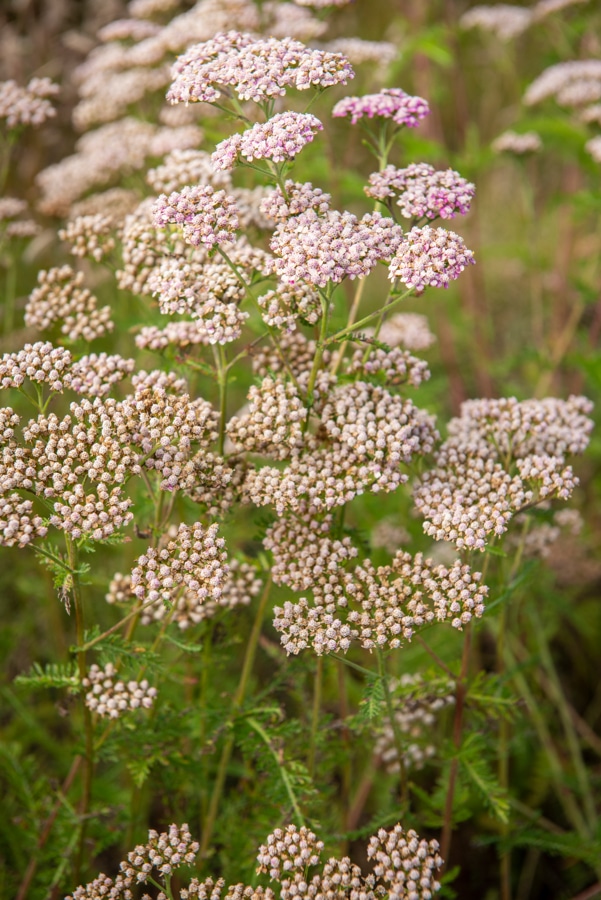
Native seed and reclamation species are a little talked-about area of the seed sector that my seed lab has spent 20 years specializing in.
Reclamation species tend to be small seeded but mean big business in the world of seed. As these species continue to thrive and create major revenue for seed companies, those who deal in them and plant them need to know that there are experts available to help deal with any problems that may arise when working with them.

President & Senior Seed Analyst, Seed Check
What often results in demand for reclamation species is the fact governments are often looking to put species back in the ground that are native to an area. What’s old is new again, and people are looking to put species back that used to grow native to a community. There are a few key things to know about the world of reclamation seed:
There’s never a slow season. We tend to work on these species all year round. From hand harvesting wild seed to actual seed growers producing some of these reclamation species, the industry is hugely diverse. For example, at the moment we’re working on a project for Banff National Park, testing seed that was harvested in the park and will end up being replanted for reclamation projects within it.
It takes experience to get it right. We fell into working with reclamation species when we started Seed Check 20 years ago. It’s something that we started doing a little bit of, and then we got better at it and word spread. We got faster at it and more skilled at identifying issues with it and working with reclamation seed in general. In the seed business, the better you are at handling a certain kind of seed, the more of a reputation you get for being efficient at it.
One of the more difficult things about working with reclamation species is they can be very different from field crops or forage grasses. Oftentimes, a reclamation species might be considered a weed when present in or around a field of wheat or canola. On its own, that species might be completely desirable when it comes to in prairie or wetland restoration.
There’s a lot of room for error if you don’t know what you’re doing. There’s a lot of lookalike species in these crop kinds, but reclamation species can be classed into four main categories: grasses, sedges/rushes, forbs and shrubs. When it comes to identification, there can be a lot of room for mistakes, so you want to work with someone who knows these seeds inside and out.
While many seed testing labs specialize in working with agronomic seed, reclamation seed is a specialized area. Special dormancy and germination skills are needed. Special knowledge and testing methods are also required.
As we work to modernize our Seeds Regulations, paying special attention to the grade tables will help to benefit the world of reclamation seed. Simply put, reclamation seed isn’t on them. If you buy Certified reclamation seed, it might have a blue tag, but can’t be graded. Changing that could encourage more use of pedigreed seed in crop kinds beyond the traditional ones that are on the grade tables.


